Why Insulated Vinyl Sidi...
- Mon to Fri: 09:00 am to 07:00 pm
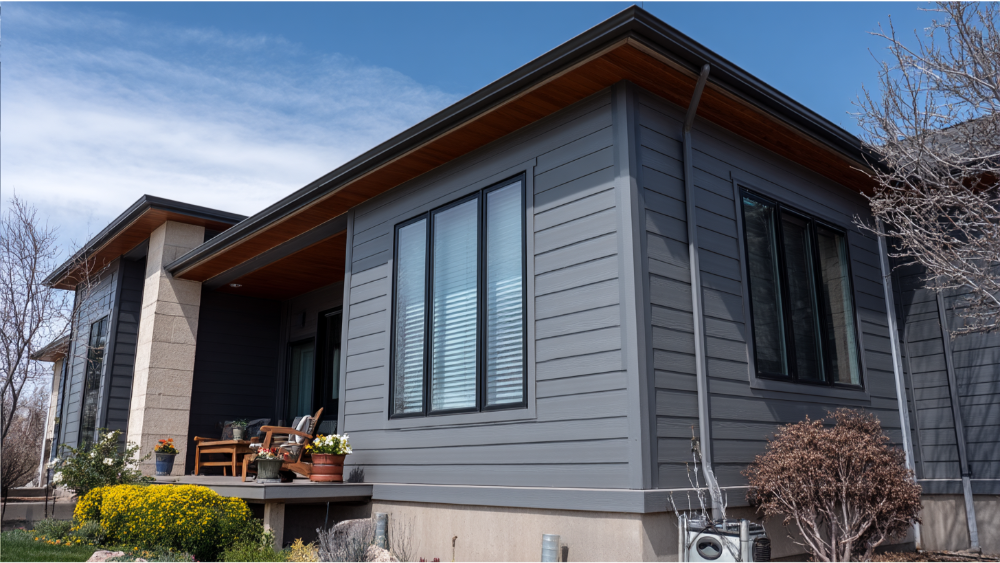
Vinyl siding is one of the most popular choices for a house exterior in California, known for durability, low maintenance and long life. But can vinyl siding be painted without causing warping, adhesion issues or voiding the warranty? In this guide, we’ll answer that question, explain when painting vinyl siding makes sense, and walk you through every step of the painting process for a successful, long‑lasting outcome. Whether you are updating white vinyl siding or giving your home a fresh coat of paint, this resource is for you.
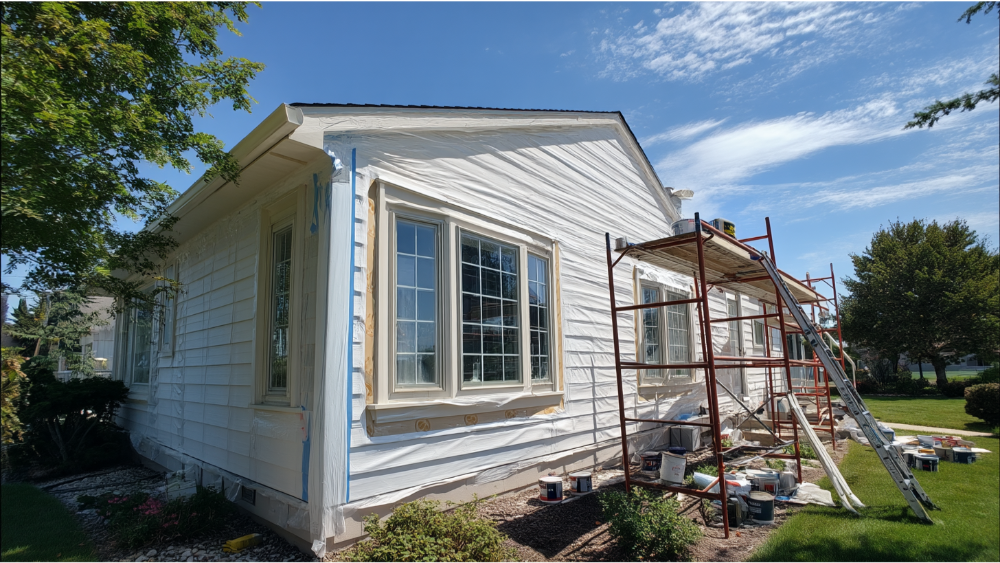
After years of weather and sun exposure, a vinyl sided home can fade, look dated or lose curb appeal. For many homeowners, a fresh coat or complete color change offers a cost‑effective way to refresh the exterior without the expense of replacing siding. Painting vinyl siding is a way to save money while boosting your home’s curb appeal and avoiding landfill waste. For sellers in Sacramento, Rocklin and San Francisco, a quality paint job on siding, trim, shutters and doors can enhance the home’s exterior and attract attention.
Painting is not always the answer. When siding is cracked, warped, or deteriorating, replacement may offer longer durability. If you want a new siding material like fiber cement or James Hardie for its longer life and warranty, replacing may provide better value over time.
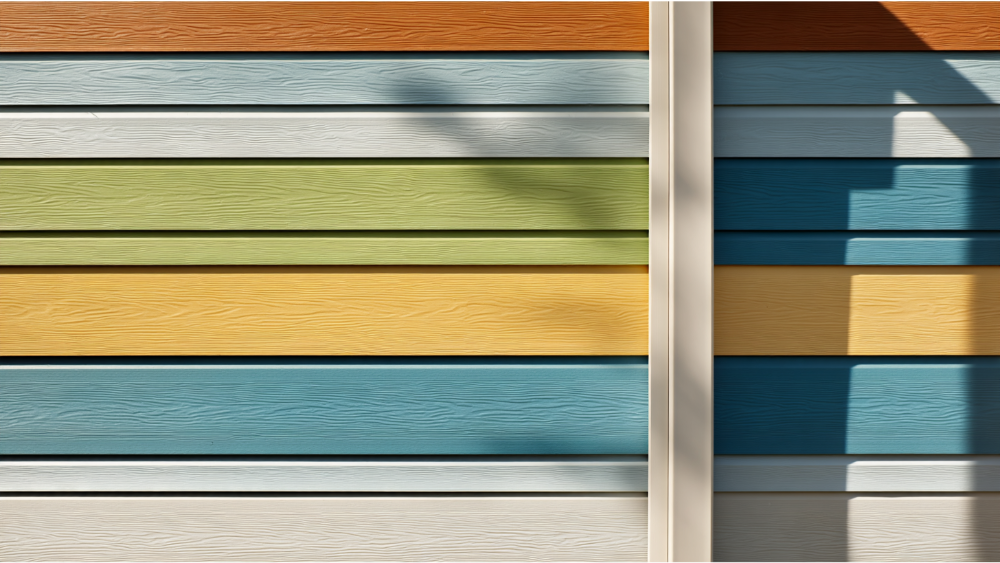
Yes, vinyl siding expands and contracts with temperature changes, but if you use vinyl safe paint and follow the right application process, painting is perfectly feasible. The key is to use a vinyl safe primer or paint that can flex with the siding, avoid dark colors that absorb more heat, and prepare the surface properly to prevent adhesion issues.
A quality paint job starts with selecting the right paint and equipment. Use 100 percent acrylic exterior paint from trusted brands such as Sherwin Williams, Benjamin Moore or Behr. Look for vinyl safe paint or vinyl safe colors that meet manufacturer guidelines. If your vinyl siding was originally light in color, you can choose a stronger paint color. Painting dark colors over white vinyl siding may require checking LRV for heat absorption and warping risk.
Using a paint sprayer is strongly recommended. A paint sprayer provides smooth, even coverage without brush marks. It can reach the nooks of siding, trim, brick and other surfaces. A sprayer helps you apply the first coat and second coat efficiently. You’ll still need brushes or rollers for trim, windows, shutters and areas near doors to protect surfaces from overspray.
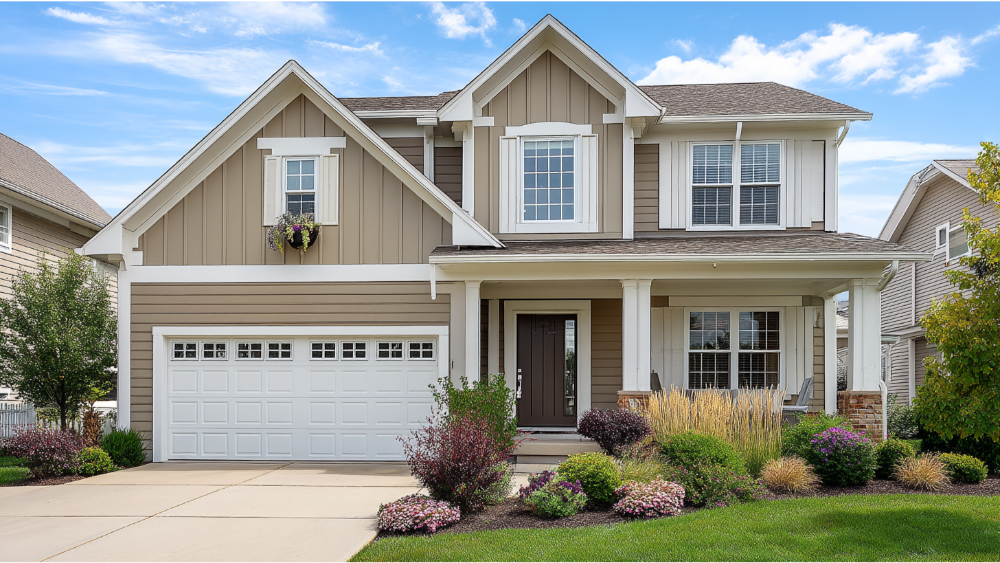
Choose early spring or late fall for painting, when temperatures are between 50 and 85°F and humidity is low. Avoid painting under direct sun. Plan to complete the clean surface preparation, prep work, and coating in a continuous process.
Pressure wash or use a pressure washer to remove dirt, mildew and chalking on vinyl siding. Use a cleaning solution for exterior surfaces, such as TSP or a vinyl‑safe cleaner. Rinse thoroughly and wait 24 to 48 hours to let vinyl siding dry completely. A clean surface ensures good adhesion of paint.
Use plastic sheeting to cover windows, doors, light fixtures and landscaping. Apply painter’s tape to trim and door frames. Remove or secure gutters and hardware if needed. Inspect siding for any cracks or damage, and make repairs before painting.
If the surface is chalky or severely faded, apply a vinyl safe primer. If you are doing a dramatic color change, like going from white vinyl siding to a dark gray, a primer will help with coverage and adhesion. Otherwise, high‑quality vinyl safe paint may be sufficient without primer.
Use the paint sprayer to apply the first coat of paint evenly across all surfaces, including siding, trim and shutters. Make sure to spray consistently to avoid runs or thin areas. Allow proper drying time as specified by the paint manufacturer before applying the fresh coat of paint.
Once the first coat is fully dry, apply a second coat. This final coat will deepen color, improve durability, and ensure even coverage. Two coats are essential for a lasting paint job on vinyl siding.
Remove plastic sheeting and painter’s tape. Clean brushes, rollers and equipment. Inspect the job, touch up missed spots with a brush, and ensure even coverage. Remove paint splatters from windows, doors, and other surfaces.
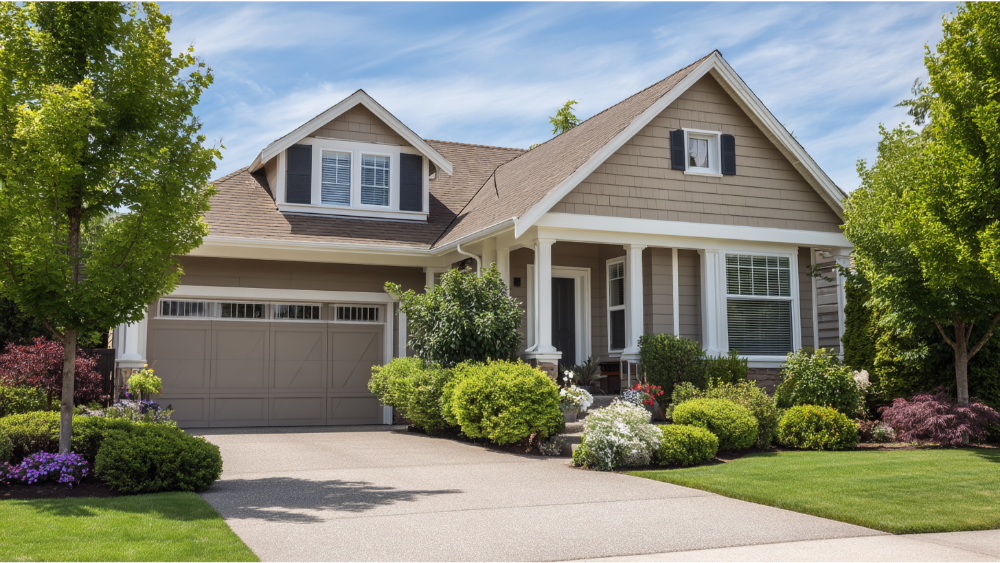
Painting may be right for your home if the existing siding is structurally sound, and you want a fresh coat to boost curb appeal at a lower cost. But if you are considering replacing siding anyway, new siding like fiber cement or composite materials offers longer durability, maintenance-free performance, stronger warranties and improved energy efficiency. Factor in long-term cost savings, performance, and aesthetic preferences when choosing between painting and replacing.
You can choose most paint colors, but avoid dark colors that absorb more heat. Paint colors with a high LRV are vinyl safe and better for avoiding heat‑related warping.
Often yes. Check your siding’s manufacturer warranty. Painting could void coverage, but vinyl safe paint and careful prep may be accepted by some manufacturers.
Yes, with the right tools and careful planning. DIYers can get good results with a pressure washer, paint sprayer, plastic sheeting, painter’s tape and attention to detail. But hiring a professional ensures quality paint job, faster completion, and a workmanship guarantee.
A fresh coat of paint on vinyl siding typically lasts 5 to 10 years depending on paint quality, prep, sun exposure and maintenance routines.
Sherwin Williams, Benjamin Moore, and Behr offer durable, exterior paints that are vinyl safe. Always follow paint can instructions for exterior use.
A primer is recommended if the siding is chalky, if you’re changing from light to dark paint color, or if the surface shows signs of wear. It improves adhesion and coverage.
Yes, you can paint vinyl siding. When done properly using vinyl safe paint, thorough surface cleaning, plastic sheeting, two coats and quality tools like a paint sprayer, you can achieve a long‑lasting quality paint job that refreshes your home’s exterior and boosts curb appeal. Painting white vinyl siding or any existing siding can help you save money, extend the life of current materials, and customize your home’s color, but it requires thoughtful preparation and maintenance.
If your siding is nearing the end of its lifespan or showing signs of damage, consider new siding as a durable alternative. At Pro Superior Construction, we can help you evaluate whether paint vinyl siding with a fresh coat is a smart interim solution or whether replacement is best for your home. We serve Rocklin, Sacramento and the Bay Area, offering expert painting process services, certified installers and transparent pricing.
Ready for a free quote? Bring your vision to life with a beautiful, quality paint job, or explore new siding for long‑term performance. Request your estimate today.